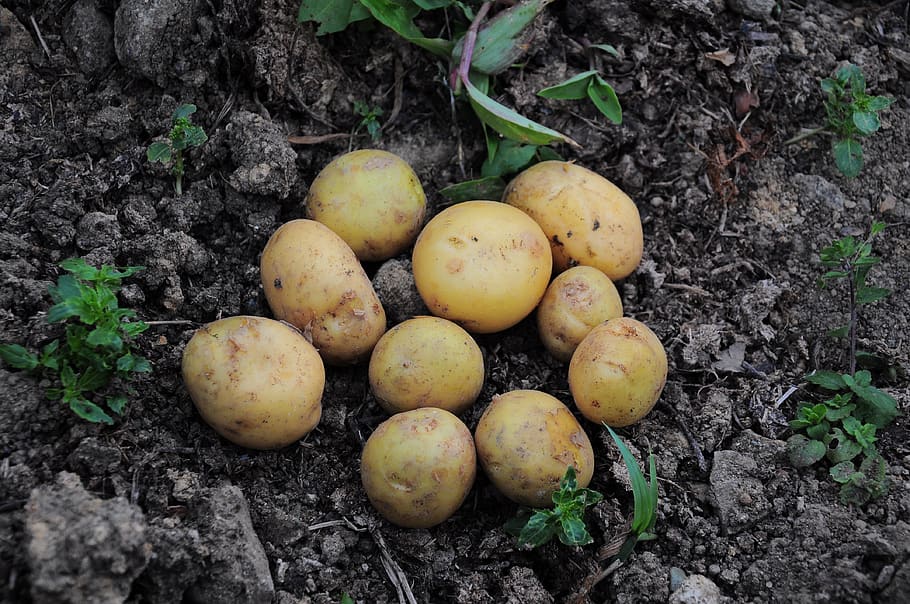
Firstly, introducing Auscrops, a high-tech market vending company bridging farmers and customers together through market vendors. Click here to find out more about Potatoes Ready To Harvest as well fruit and vegetable offers.
Potatoes Ready To Harvest
Gardening enthusiasts often look forward to the moment they can reap the fruits, or in this case, tubers, of their labor. Growing potatoes is a rewarding endeavor, but how do you discern the perfect time for harvesting? Ensuring they’re at their peak not only maximizes flavor but also nutritional value.
The Growth Cycle
The journey of a potato from sprout to harvestable tuber is fascinating. Initially, the plants shoot up green, leafy stems. As time progresses, these lush plants bloom, indicating the tubers are growing beneath the surface. Additionally, understanding this cycle is crucial as it provides valuable insights into the harvesting timeline.
Key Indicators of Maturity
- Plant’s Appearance: One of the primary signs that potatoes are ready is the yellowing and withering of the plant above ground. Once this happens, it’s an indication that the tubers are mature and ready for harvesting.
- Flower Fall: While not all potato plants flower, those that do provide another sign. When the flowers begin to fade and drop, it signals the tubers are nearing maturity.
- Time: Potatoes are generally ready for harvest 70 to 120 days post-planting, depending on the variety. Early-season potatoes mature faster, while late-season varieties take more time. Nonetheless, this general timeline aids in planning the harvest.
Testing the Tubers
If the above indicators align but you’re still uncertain, there’s a hands-on approach you can adopt. Gently dig around the base of one plant to unearth a tuber. The skin of a mature potato remains intact and doesn’t scrub off easily. If the skin seems too thin and rubs off, it indicates they need more time.
The Benefits of Waiting
Patience in gardening often pays off, and this is particularly true for potatoes. Waiting for the right moment ensures you get tubers that are richer in flavor and have a better texture. Furthermore, mature potatoes store better, allowing you to enjoy your harvest for an extended period.
Storing Your Harvest
After harvesting, it’s vital to store the potatoes correctly. Initially, let them cure for a week or two in a dark, cool, and well-ventilated area. This process helps thicken the skin, making them less prone to bruising and rot.
In Conclusion
Growing potatoes is a journey of patience and care. Recognizing the signs of maturity ensures that your hard work culminates in a bountiful and tasty harvest. So, armed with this knowledge, you’re now better equipped to make the most of your potato-growing endeavors.
Click here to read similar articles.
 Français
Français 











